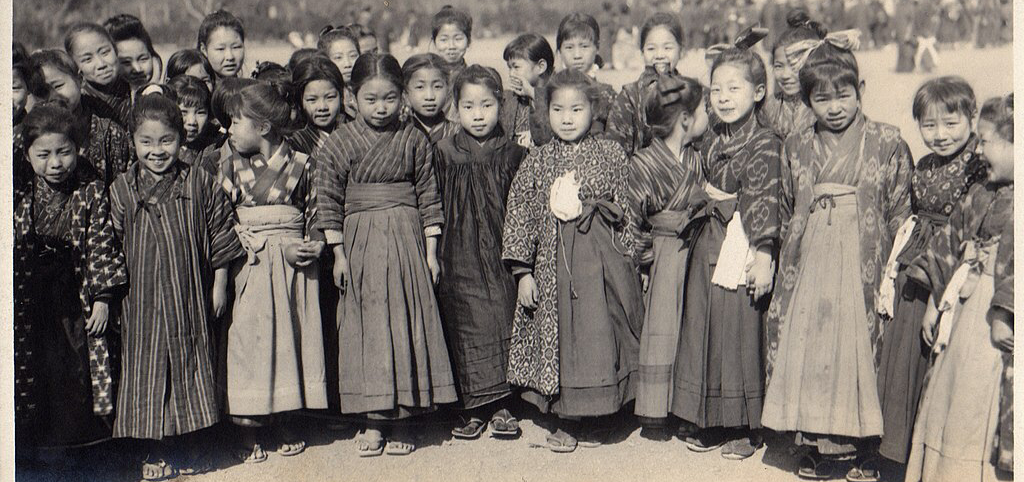Today–a hokku by Sutejo 捨女 (1634-1698).
gazing into mirroring water,
eyebrows drawn gracefully —
riverside willow
mizu kagami mite ya mayu kaku kawa yanagi
水鏡見てやまゆかく川柳
Is the one gazing into the water a human speaker, or is it an anthropomorphized willow tree?
In Tang China, the eyebrows of beautiful women were described as having the shape of willow leaves. Willow trees in general were associated with desirable women, as the supple shape of their branches suggest pliability and modesty. Sutejo’s verse alludes to this analogy.
In “Song of Everlasting Regret” 長恨歌, the Bo Juyi 白居易 poem that was much admired in premodern Japan, the Emperor is reminded of his beloved by lotus blossoms and willows:
the lotus [blossoms] were like her face, the willow [leaves] were like her eyebrows
芙蓉如面柳如眉
I wasn’t aware of the “willow leaf” ideal. I had heard of the “moth antennae” analogy, but the willow leaf shape is considerably different; a lot closer to modern beauty standards.
